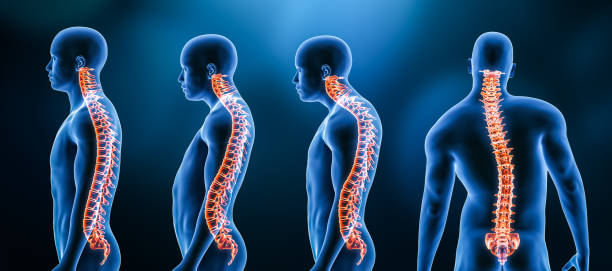Discover 3 Noticeable Symptoms of Liver Scarring Everyone Should Know
Liver scarring, medically known as cirrhosis, is a serious condition where healthy liver tissue is replaced by scar tissue, impacting the organ's ability to function properly. Understanding the early warning signs can lead to timely intervention and better health outcomes. This article explores the key symptoms, causes, and important indicators that should prompt medical attention.

What is Liver Scarring and Why Does It Occur?
Liver scarring develops gradually as a response to chronic liver damage. Common causes include excessive alcohol consumption, viral hepatitis, nonalcoholic fatty liver disease (NAFLD), and certain autoimmune conditions. The liver attempts to repair itself by forming scar tissue, but extensive scarring can severely compromise liver function. Early detection and treatment are crucial for preventing further damage.
The 3 Noticeable Symptoms of Liver Scarring
-
Jaundice (yellowing of skin and eyes): One of the most visible signs of liver scarring is a yellowing of the skin and whites of the eyes. This occurs when the damaged liver cannot properly process bilirubin, a yellow pigment produced during the breakdown of red blood cells.
-
Fluid retention and swelling: As liver function deteriorates, fluid may accumulate in the legs (edema) and abdomen (ascites). This swelling can be uncomfortable and is often accompanied by unexplained weight gain.
-
Easy bruising and bleeding: The liver plays a crucial role in blood clotting. When scarred, it may not produce enough clotting proteins, leading to increased bruising and bleeding tendencies, particularly nosebleeds or bleeding gums.
Additional Signs That Warrant Medical Attention
Beyond the three primary symptoms, other important signs include:
-
Chronic fatigue and weakness
-
Loss of appetite
-
Nausea or vomiting
-
Spider-like blood vessels on the skin
-
Confusion or difficulty concentrating
-
Dark urine and pale stools
When to Visit a Doctor
Seek immediate medical attention if you experience:
-
Severe abdominal pain or swelling
-
Persistent yellowing of skin or eyes
-
Frequent bruising or bleeding
-
Mental confusion or personality changes
-
Extreme fatigue that doesn’t improve with rest
-
Dark-colored urine or pale stools
Treatment Options and Management
Treatment for liver scarring focuses on:
-
Addressing underlying causes
-
Lifestyle modifications
-
Medication management
-
Regular monitoring
-
Dietary changes
-
Alcohol cessation if applicable
While cirrhosis cannot be reversed, proper treatment can slow progression and manage symptoms effectively.
This article is for informational purposes only and should not be considered medical advice. Please consult a qualified healthcare professional for personalized guidance and treatment.




